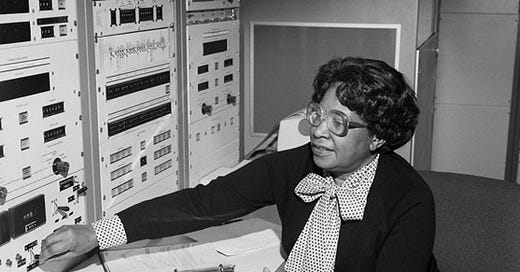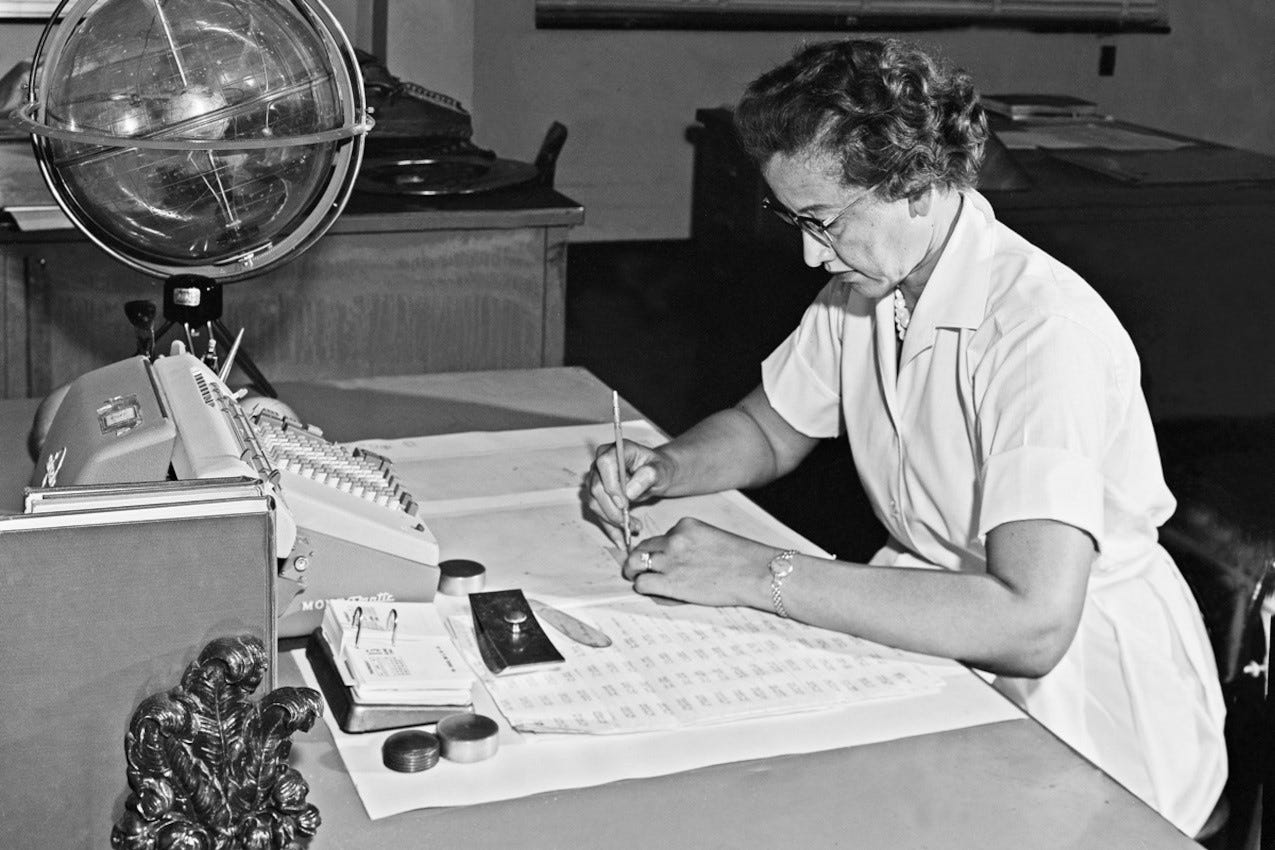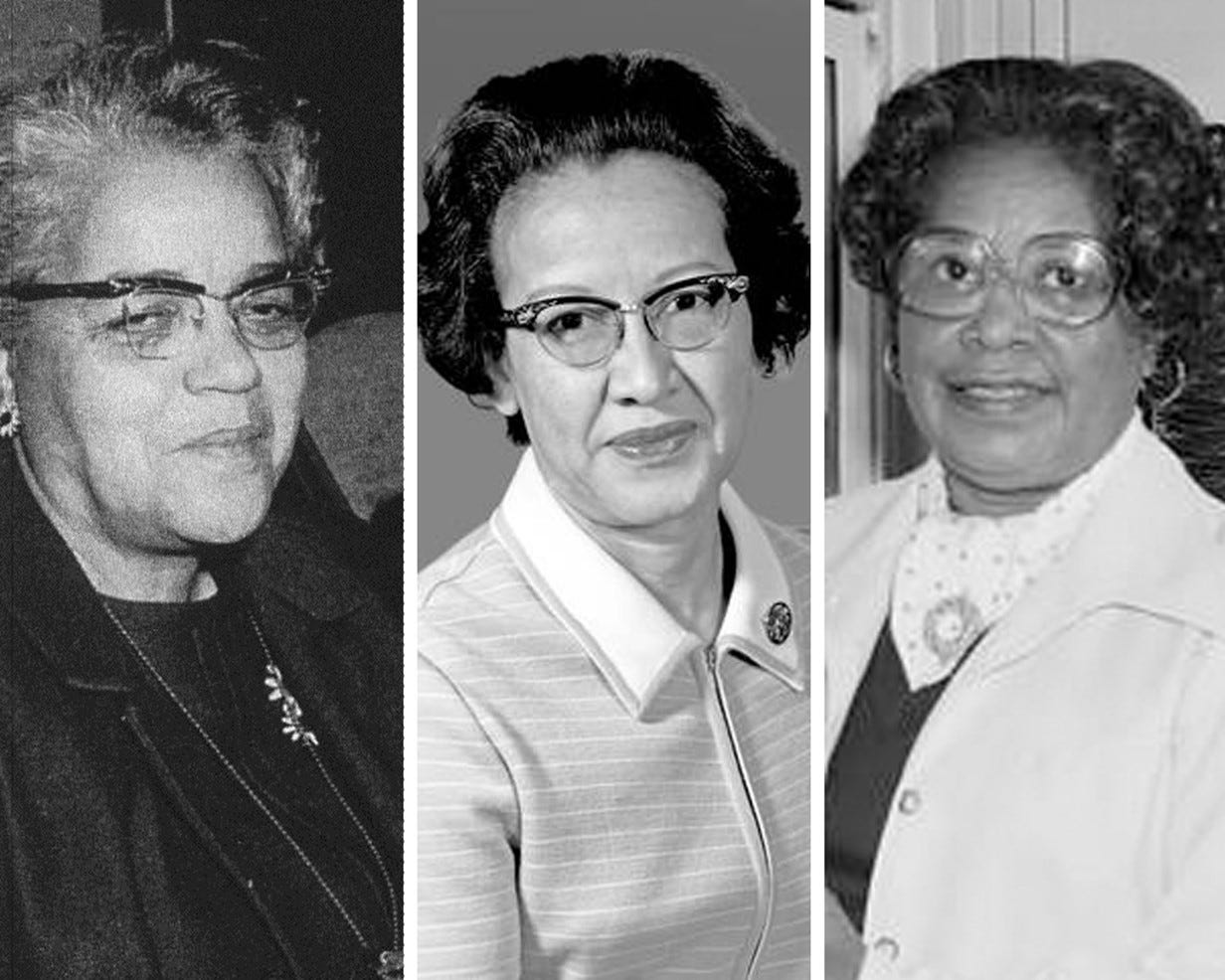The Real Figures behind the Hidden Figures
During World War II, segregation was highly visible within work and workers, including those of NASA. The policies against African American women working for NASA were enforcing segregation between them and all other employees, stranding them at the very bottom. Among the discriminated women were three incredibly brilliant ladies named Mary Jackson, Katherine Johnson, and Dorothy Vaughan, who would pave the way for future black female engineers.
Mary Jackson was a young girl when she majored in Mathematics and Physical Science at Hampton Institute in 1942. She began her career as a math teacher in a black school in Maryland, later she switched her career path 3 separate times before Jackson landed a new job at Langley Memorial Aeronautical Laboratory’s segregated West Area Computing section in 1951. Jackson eventually received an offer to work for Kazimierz Czarnecki after two years of working in computing. She worked in a Supersonic Pressure Tunnel with a 60,000-horsepower wind tunnel capable of blasting models with winds that approached double the speed of sound. Czarnecki suggested that Jackson take courses for math and physics after work at the University of Virginia, which meant she had to ask for special permission to attend the courses with white peers. Jackson took a huge step and became the first black female engineer at NASA where she co-authored her very first reports Effects of Nose Angle and Mach Number on Transition on Cones at Supersonic Speeds.
However, Mary Jackson was not the only one making changes. Katherine Johnson was a NASA employee with a degree in Mathematics and French from West Virginia State College in 1937. She quickly become influenced by mathematics when she was admitted college, even while being one of three black students applying. Once enrolled, she was mentored but math professor W.W. Schieffelin Claytor, the third African American to ever receive a PhD in mathematics. In 1952, one of Johnson’s relatives mentioned open positions to work in the West Area Computing section and she decided to pursue the opportunity. In the summer of 1953, Jackson officially began working at Langley, where she was assigned a project in the Maneuver Loads Branch of Flight Research Division after only two weeks of employment. Her temporary position became permanent, and Jackson spent 4 years analyzing data from different flights ranging from tests to investigations of plane crashes. Later, Johnson worked on an orbital mission for John Glenn, having to calculate equations programmed into a computer by hand after the machines were untrustworthy. Due to her manual calculations, Glenn’s flight was successful, making this the work Johnson become most known for.
Alongside these impactful women was their supervisor, Dorathy Vaughan, who paved the way to a diverse workforce in NASA. Vaughan was the head of the segregated West Area Computing Unit, previously known as National Advisory Committee for Aeronautics (NACA). The computing unit was first managed by Margery Hannah, then Blanche Sponsler, both white supervisors. In 1949, Vaughan was promoted into leading the group, becoming not just one of the first few women to be supervisors, but the first African American woman to become supervisor. She used her position to work with other white computers like Vera Huckel and Sara Bullock to compile algebraic methods to use for calculating machines. Vaughan was valued and respected for her devotion to intervene on behalf of women at West Computing and other groups who deserved promotions or pay raises. She was respected as a mathematician, manager, and person throughout her career, demonstrating the unfiltered actions of a true leader.
Mary Jackson, Katherine Johnson, and Dorothy Vaughan were respected individuals that worked alongside each other to create a new pavement for all black female engineers. Years of unfair historical tradition were modified and abolished because of three impactful women following their passions. All their actions and lives are mimicked in the notable film Hidden Figures by Theodore Melfi to celebrate the wonderful storied behind these impactful women.
About the Contributor
Vanessa Santoyo, Staff Writer
Vanessa Santoyo is a long-term student at Fontana High School, working on making perfect attendance while miserably failing. Even while slowly going insane, you can always count on her to make a situation more awkward than it needs to be. Although her friends love her dearly, no matter how nice, she will always cause some friendly conflict between you both. She loves to rant when she is comfortable, so be prepared to get your eardrums ruptured and your eyes to grow sore.







